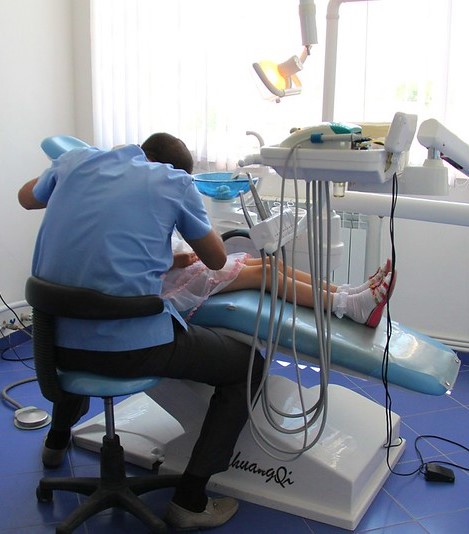Even the most remote, isolated communities in the Amazon fell prey to COVID-19 at a high rate, according to a new study in PLOS Biology. The study focused on the population of Tsimane, a voluntarily isolated community in Bolivia that is more than 60 miles from the nearest market town.
"Remote-living, small-scale populations are highly vulnerable to global diseases," said Tom Kraft, PhD, an anthropologist from the University of California Santa Barbara (UCSB) and the University of Utah, and the lead author of the study in a UCSB press release. "We can't rely on remoteness and voluntary isolation alone to mitigate risks—we need to plan to direct medical resources to these communities."
Predictions vs real-world outcomes
The study authors created a computer model to predict whether the population structure, movement patterns, and geographic location of Tsimane would prevent COVID-19 spread. The community is made up of 18,000 people who live in 95 villages spread along rivers and logging roads.
They predicted that without any interventions, 4 out of 5 people living in that community would be infected during the pandemic, likely because of crowded living conditions, multigenerational families, and poor access to medical care. Even if travel was reduced by 90%, infection rates among the Tsimane would only be cut by 15%, the models predicted.
We can't rely on remoteness and voluntary isolation alone to mitigate risks.
When models were compared to real-world outcomes, the authors found an overall empirical adjusted COVID positivity rate of 81.1% (crude positivity rate = 75.7%) across communities following the first wave of infections in 2020.
"Tests of multiple intervention scenarios suggest that mobility restrictions (e.g., collective isolation) have little impact unless behavioral change is rigidly enforced at extreme levels for both travel to town and between communities," the authors concluded, "whereas even minor reductions in transmissibility achieved through pharmaceutical and other interventions can effectively reduce disease spread and total outbreak size."











